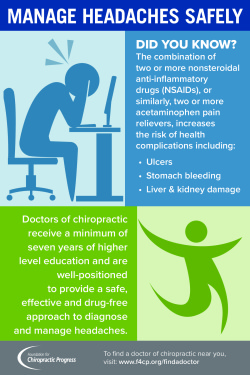Next-Generation Approaches To Neck And Back Pain Alleviation: Emerging Technologies And Treatment Methods
Next-Generation Approaches To Neck And Back Pain Alleviation: Emerging Technologies And Treatment Methods
Blog Article
Writer-Hildebrandt Kramer
As you think about the future landscape of pain in the back therapy, visualize a world where innovation perfectly links with conventional treatments to use unique services. Picture a globe where virtual reality not just entertains yet additionally heals, where robot accuracy redefines minimally intrusive procedures, and where biofeedback empowers people in their pain administration trip. The innovations in back pain treatments are not simply theoretical circumstances yet concrete facts forming the method we come close to and alleviate this prevalent problem.
Virtual Reality Therapy for Neck And Back Pain
Are you tired of traditional treatments for your back pain? Virtual Reality Treatment offers an unique method to handling your discomfort. By immersing yourself in an online environment, you can sidetrack your mind from the pain signals being sent out to your brain, providing alleviation in an unique and cutting-edge means.
Using specific VR headsets, you can participate in numerous tasks and simulations designed to target details areas of your back that are causing you pain. These immersive experiences can aid you loosen up strained muscles, boost your pose, and increase your overall movement.
In is chiropractor covered by insurance , virtual reality therapy can additionally help in decreasing tension and stress and anxiety levels, which are typically contributing factors to pain in the back.
Imagine being able to undergo therapy without the requirement for medicine or intrusive treatments. With Virtual Reality Therapy, you have the opportunity to manage your pain in the back in a safe and non-intrusive fashion.
Robotic-Assisted Pain In The Back Treatments
Utilizing innovative robotic technology, neck and back pain treatments have actually advanced to integrate robot support in targeting and addressing particular areas of pain in a specific and regulated manner.
Robotic-assisted neck and back pain treatments offer a high degree of precision and customization, enabling more reliable and tailored treatment for people experiencing neck and back pain. Click To See More can do minimally intrusive procedures with enhanced precision, lowering the danger of problems and boosting results.
Robotic-assisted therapies give doctors with real-time feedback and imaging, allowing them to browse the spinal column with extraordinary precision. By using robotic arms or gadgets, healthcare providers can access hard-to-reach locations with greater ease, resulting in even more successful interventions.
Additionally, these technologies can get used to the client's activities throughout surgical treatment, making sure a safer and more trusted treatment.
Biofeedback Innovation in Neck And Back Pain Management
With the advancement of innovation in neck and back pain therapies, biofeedback technology becomes a valuable tool in managing and alleviating discomfort connected with neck and back pain. Psychophysiological feedback allows you to acquire recognition and control over physical functions that are generally spontaneous, such as muscular tissue stress and heart price.
By utilizing sensors to keep an eye on these features, psychophysiological feedback tools provide real-time data that allows you to make mindful adjustments to decrease discomfort and tension degrees. Through visual or auditory cues, psychophysiological feedback assists you recognize exactly how your body replies to different situations, encouraging you to modify your habits and enhance physical wellness.
This technology advertises leisure, boosts stance, and help in muscular tissue re-education, every one of which are critical elements in managing back pain successfully. By incorporating psychophysiological feedback into your back pain monitoring strategy, you can take an active role in your therapy and attain lasting remedy for pain.
Conclusion
Finally, the future of back pain therapy looks bright with the advancements in virtual reality therapy, robotic-assisted therapies, and psychophysiological feedback modern technology. These arising technologies use ingenious options to minimize neck and back pain, boost mobility, and enhance overall lifestyle. With continued research and development, these cutting-edge treatments have the potential to reinvent the means we come close to and treat back pain, supplying expect those looking for reliable and customized options.
